Description
Latin Name: Platanus occidentalis
Common Names: Sycamore, American Planetree, Buttonball Tree, Buttonwood, American Sycamore, Eastern Sycamore (Missouri Botanical Garden)
Zones: 4-9
Mature Height: This tree grows rapidly and lives for a long time, reaching heights of 60-120 feet (18-36 meters) (O. O. Wells and R. C. Schmidtling).
Soil / Climate: Prefers well-drained, rich, and moist soils but does not tolerate flooding (O. O. Wells and R. C. Schmidtling). It thrives in full sun but can tolerate some shade and is somewhat resistant to air pollution. Native to eastern North America, it typically grows in lowlands along rivers and floodplains (Missouri Botanical Garden).
Notes: As the largest of American hardwoods, it usually develops a single trunk that measures 3 to 8 feet (1 to 2.5 meters) in diameter. The tree features broad, horizontal limbs that create a rounded habit and a dense crown. Its bark is distinctive, with mottled browns, yellows, and greens against a white background. The leaves are large, palmately veined, and measure 4 to 10 inches (10 to 25 cm) across. They are shiny green on top and pale underneath, with 3 to 5 lobes and slightly serrated edges. In fall, the leaves change to yellow or orange. Small flowers bloom in clusters in April, with female flowers being red and male flowers yellow. The female flowers develop into buttonball fruits with hairy, nut-like seeds suspended from slender stems. These fruits, about 1 inch (2.5 cm) wide, ripen in October and persist into early winter. Inside, they contain numerous seed-like fruits that release in feathery clumps when the fruit balls break down. The tree is valuable for timber, used in making furniture, barrels, and cabinets, and was historically used by Native Americans for crafting dugout canoes (Missouri Botanical Garden).
Problems: The tree is susceptible to sycamore anthracnose, which can damage twigs and leaves. Other potential issues include leaf spots, canker, and powdery mildew. Insects that may affect it include Japanese beetles, mites, scale, borers, and caterpillars (Missouri Botanical Garden).
Wildlife: The seeds are consumed by a variety of birds, and the tree is tolerant of deer (Missouri Botanical Garden).
Cold Stream Farm supplies Sycamore trees which are grown as bare root seedlings and transplants and sold both wholesale and retail with no minimum order.
Sources:
Additional information on Platanus occidentalis can be found on the link: USDA / NRCS PLANTS Database.

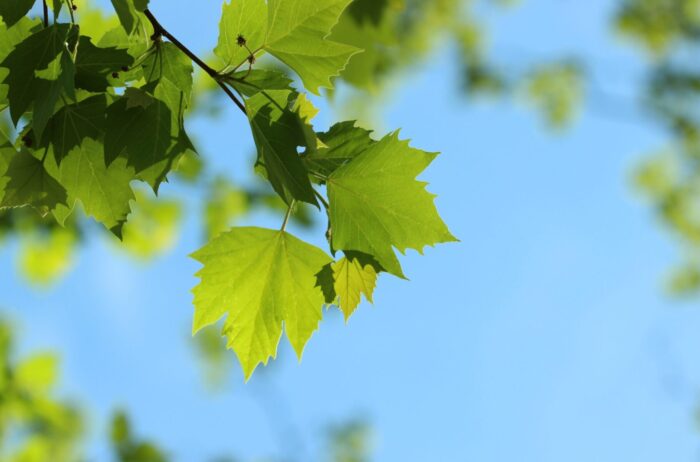
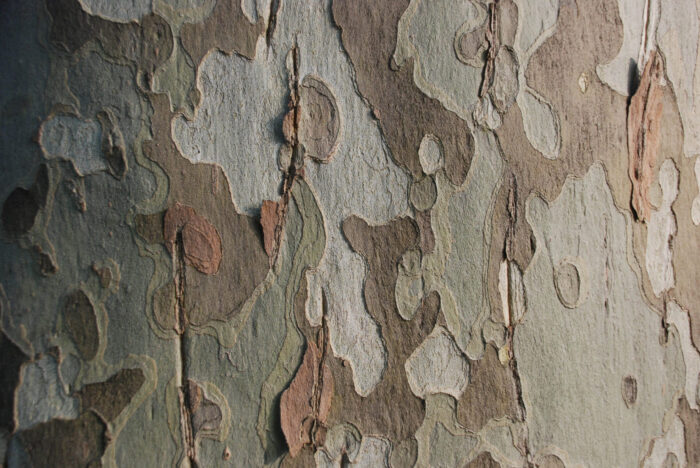
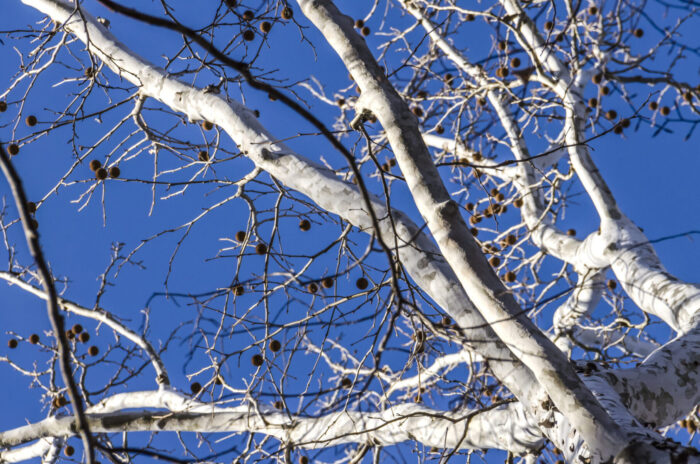
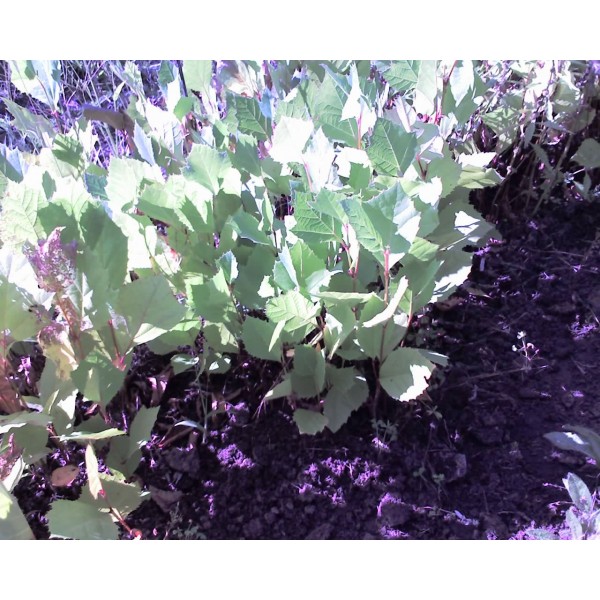
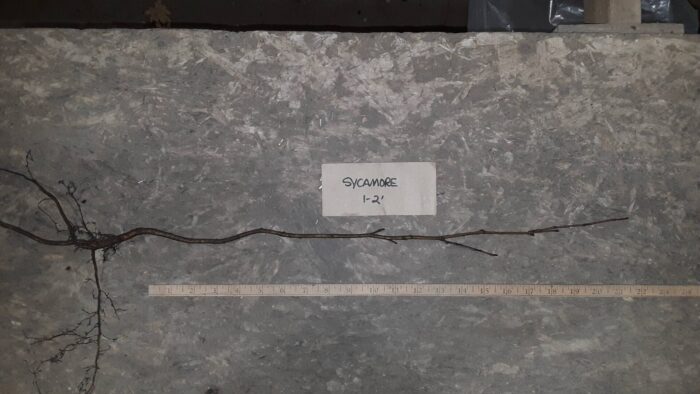
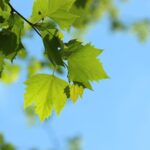
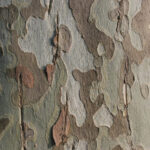
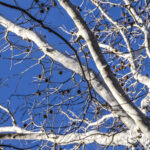
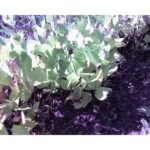
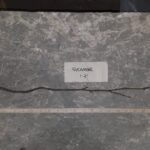
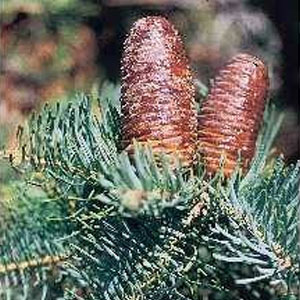
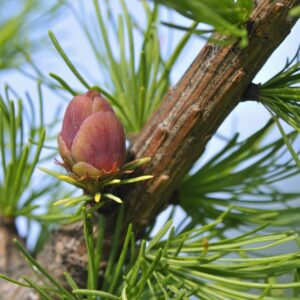
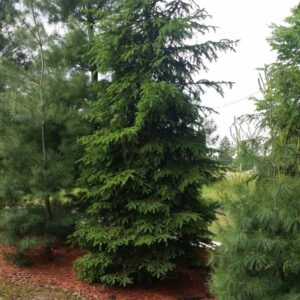
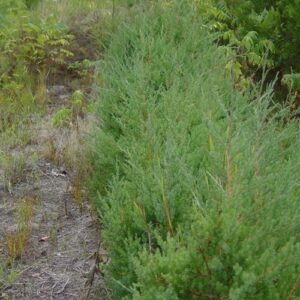
Reviews
There are no reviews yet.